Italy is a country rich in history, but some of its most fascinating sites often go unnoticed by travelers. For those seeking to explore beyond the usual tourist spots, Italy offers hidden gems steeped in culture and history. These lesser-known historic sites provide a glimpse into the past without the crowds, allowing visitors to experience the authentic charm of Italy. Discover these off-the-beaten-path destinations that reveal the country’s rich heritage in a more intimate setting.
Castello di Sammezzano, Tuscany
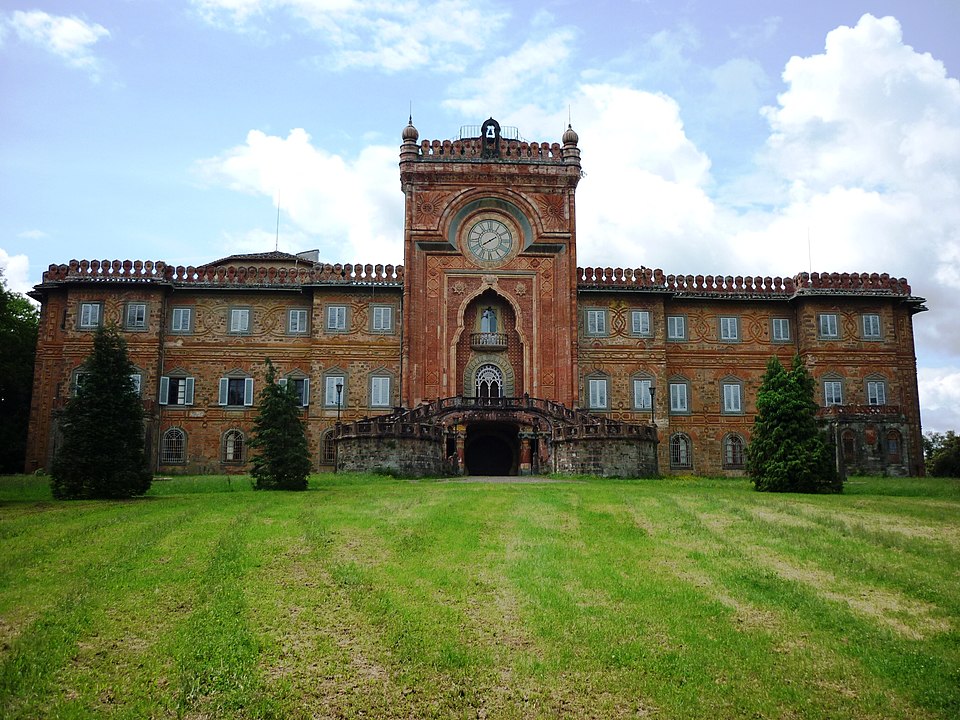
Hidden in the hills of Tuscany, Castello di Sammezzano is an architectural marvel with a fascinating blend of Moorish and Oriental styles. Built in the 19th century by Ferdinando Panciatichi Ximenes d’Aragona, the castle boasts colorful, intricate tile work, elaborate archways, and an opulent interior that feels more like a palace from the Arabian Nights than a typical Italian castle. Despite its grandeur, this site remains relatively unknown and unfrequented by tourists, making it a serene and magical place to explore.
Abbey of San Galgano, Tuscany
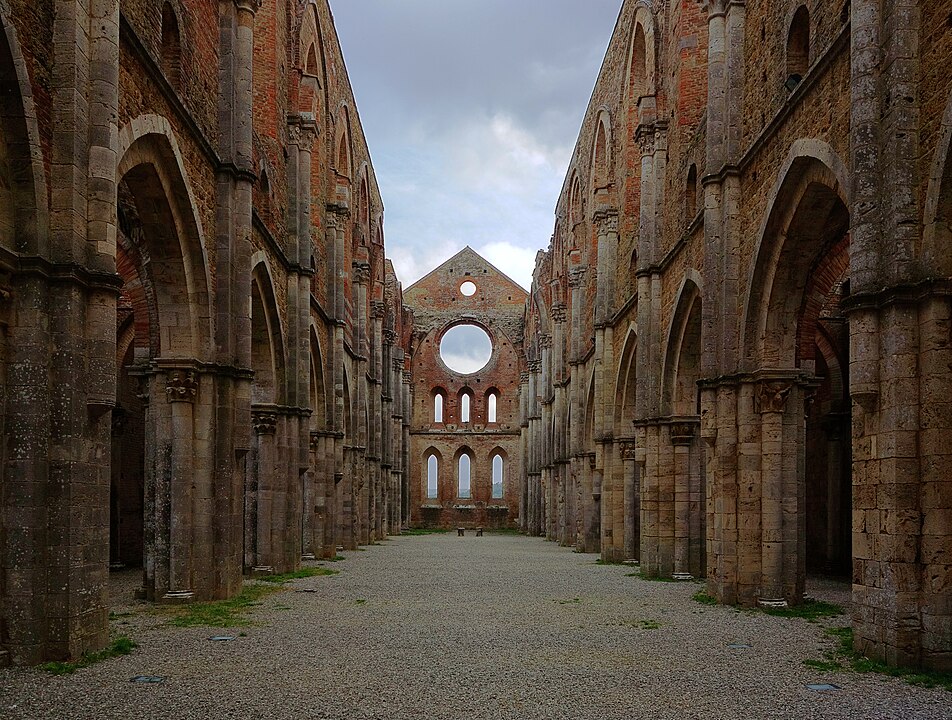
The Abbey of San Galgano is a Cistercian monastery located near Siena, renowned for its roofless, Gothic architecture. Dating back to the 13th century, this abbey exudes an eerie yet captivating atmosphere, with its stone walls open to the sky. Nearby, the Chapel of Montesiepi houses the legendary sword in the stone, which is believed to have inspired the Arthurian legend. This lesser-visited site offers a tranquil and mystical experience, far removed from the crowds of Florence and Siena.
Civita di Bagnoregio, Lazio
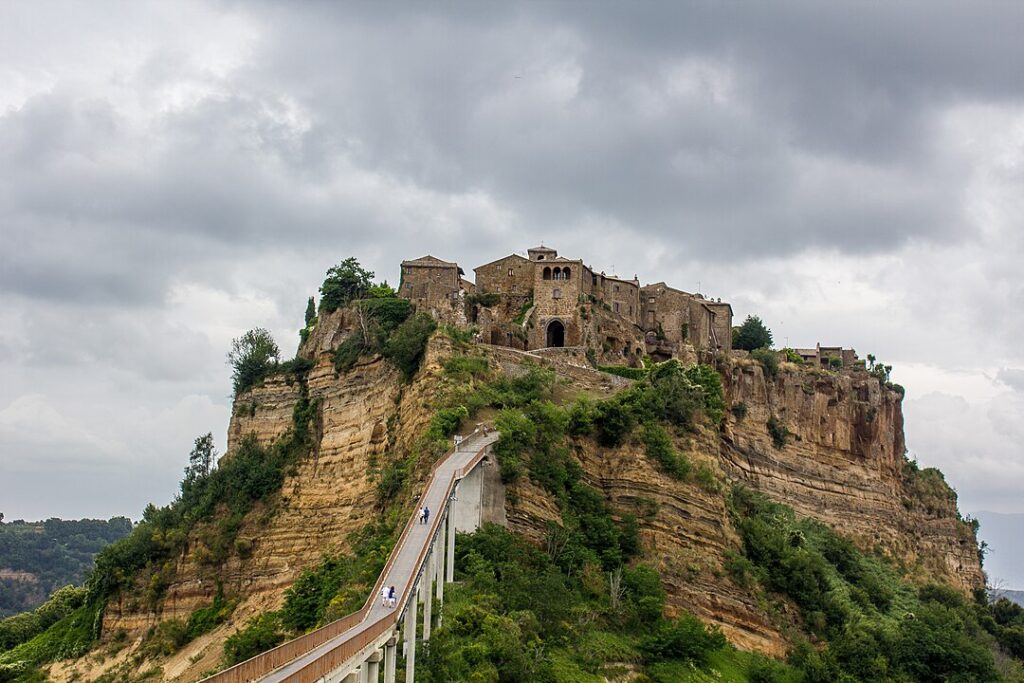
Perched atop a plateau of volcanic tuff, Civita di Bagnoregio is often called “The Dying City” due to the erosion that threatens its very existence. Accessible only by a pedestrian bridge, this medieval village remains a living relic of Italy’s past, with its ancient stone buildings, narrow alleys, and breathtaking views of the surrounding valleys. Visiting Civita di Bagnoregio is like stepping back in time, offering a peaceful escape from the busier tourist hubs.
Sacra di San Michele, Piedmont
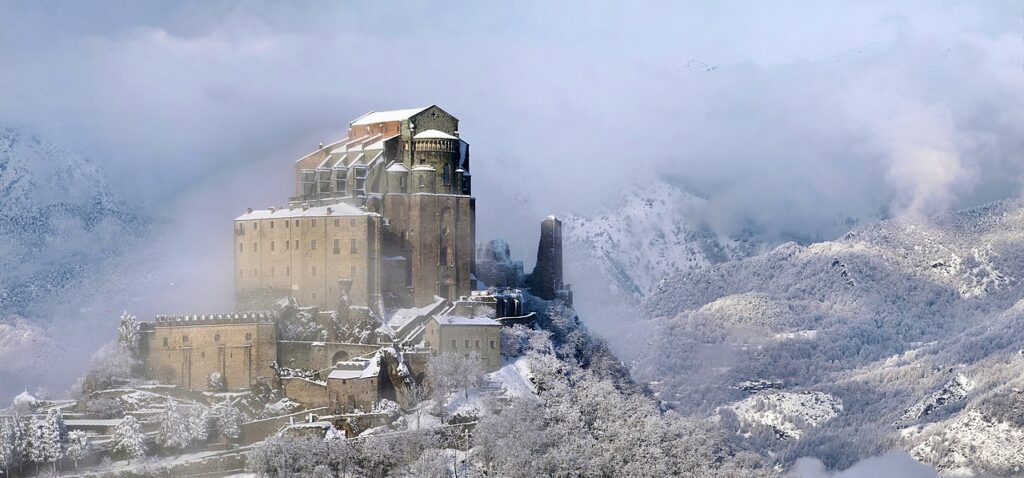
The Sacra di San Michele, an imposing abbey atop Mount Pirchiriano, is one of Italy’s most significant religious sites, yet it remains largely overlooked by mainstream tourists. Founded in the 10th century, this monastery has inspired countless pilgrims over the centuries and is said to have influenced Umberto Eco’s novel The Name of the Rose. The abbey’s dramatic position, towering over the Susa Valley, and its ancient frescoes make it a must-visit for those seeking both spiritual and scenic beauty.
Valle dei Templi, Sicily
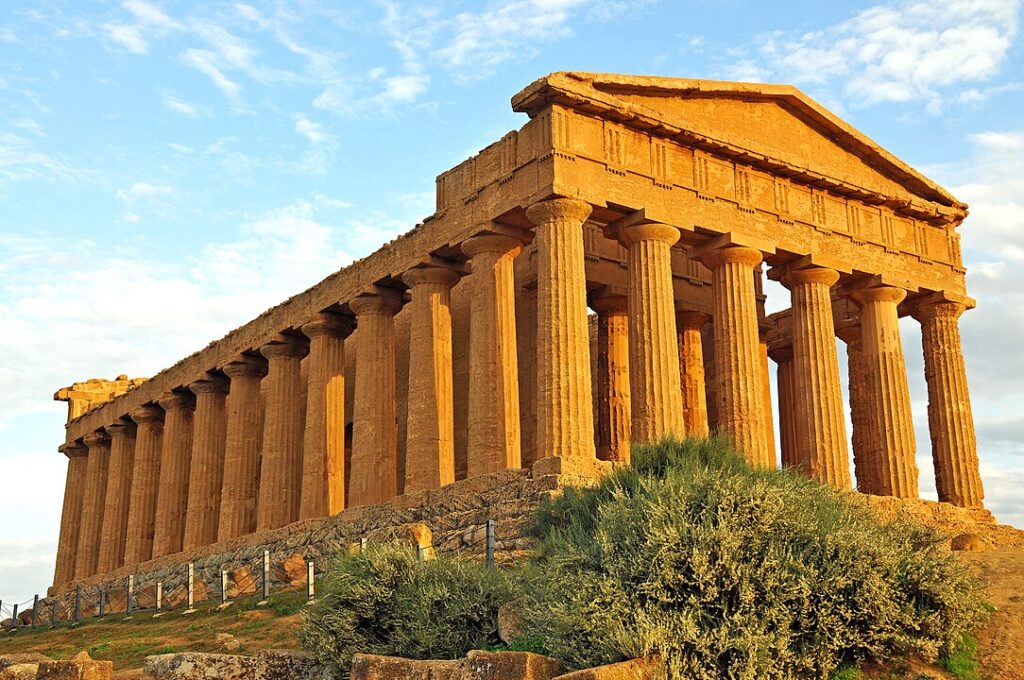
While Sicily’s Valle dei Templi is well-known, its more remote sections, away from the main archaeological site in Agrigento, offer a quieter exploration of ancient Greek history. This UNESCO World Heritage site is home to some of the best-preserved ancient Greek temples outside of Greece. Among its highlights are the Temple of Concordia, which stands nearly intact, and the scattered ruins of temples to Hera, Heracles, and Zeus, offering a serene yet awe-inspiring journey through time.
Rocca Calascio, Abruzzo
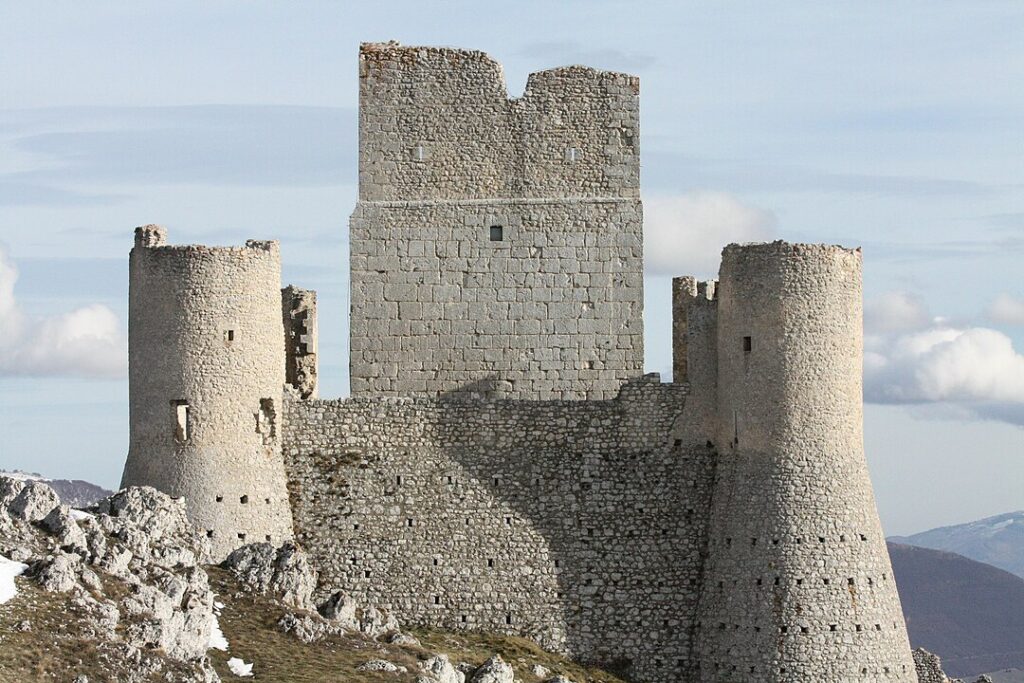
At an elevation of nearly 1,500 meters, Rocca Calascio is one of the highest fortresses in Italy. This medieval castle offers panoramic views of the Gran Sasso d’Italia mountains and the surrounding Abruzzo landscape. Despite its cinematic appeal—it was featured in the film Ladyhawke—Rocca Calascio remains relatively unknown to international tourists. The hike to the top is well worth it for the breathtaking scenery and the sense of solitude that surrounds the ancient ruins.
Villa Romana del Casale, Sicily
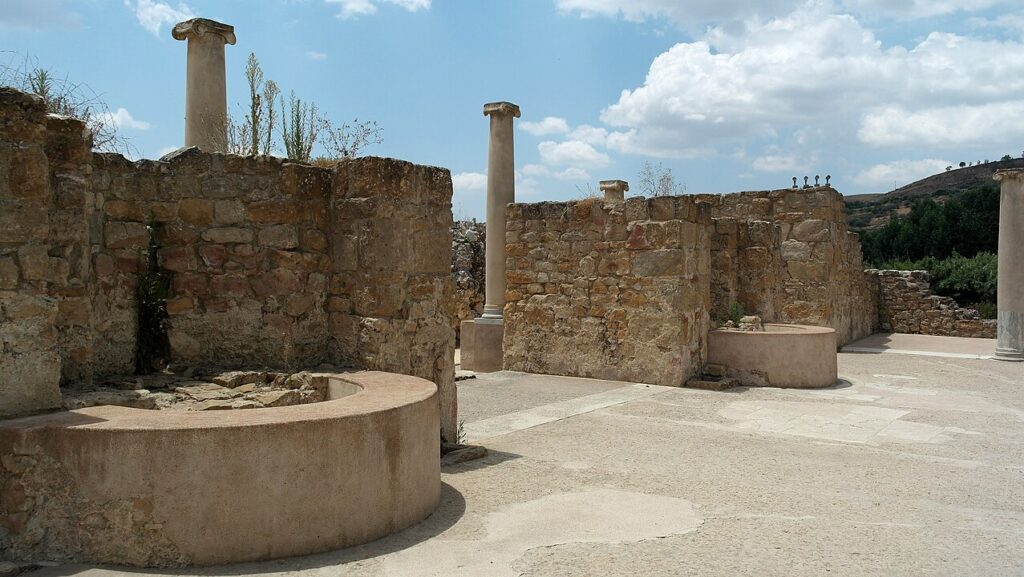
Located near the town of Piazza Armerina, the Villa Romana del Casale is a stunning example of Roman luxury and artistry. This 4th-century villa is famous for its exceptionally well-preserved mosaics, which depict scenes of hunting, mythology, and daily life. The “Bikini Girls” mosaic is particularly famous. Despite its historical significance and beauty, the villa sees fewer visitors than other Roman sites in Italy, making it an ideal destination for those interested in Roman history without the crowds.
Etruscan Necropolises of Cerveteri and Tarquinia, Lazio
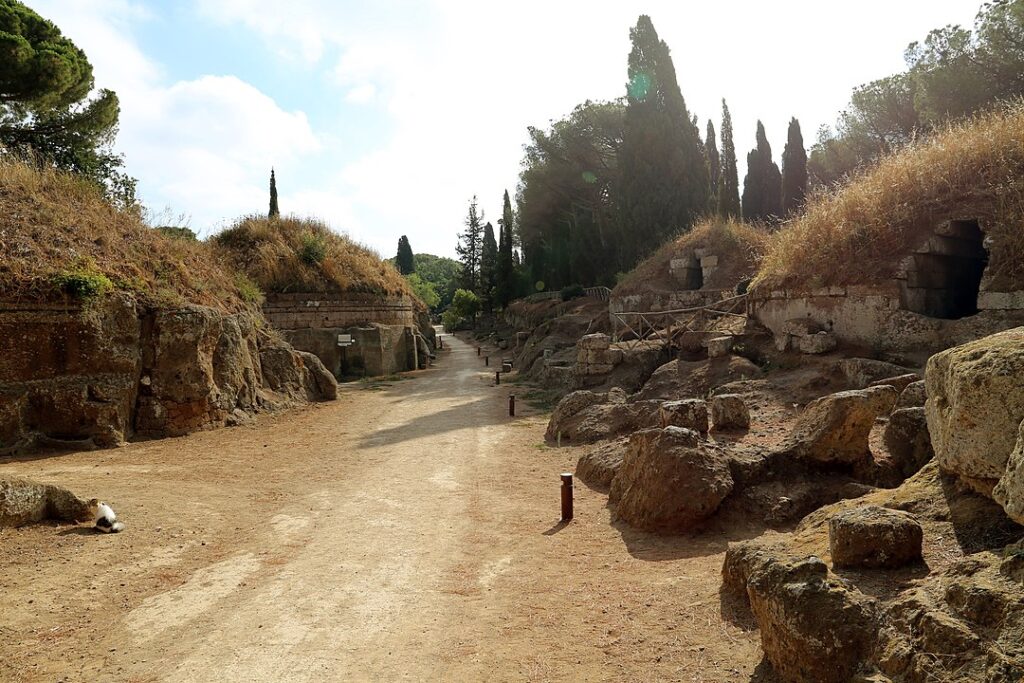
These UNESCO World Heritage sites are home to some of the most significant remnants of the ancient Etruscan civilization. The necropolises are vast, with tombs carved directly into the rock and richly decorated with frescoes that offer insights into the life and beliefs of the Etruscans. Unlike the more popular Roman ruins, these sites are often quiet and allow for a more personal exploration of Italy’s pre-Roman history.
Palmanova, Friuli Venezia Giulia
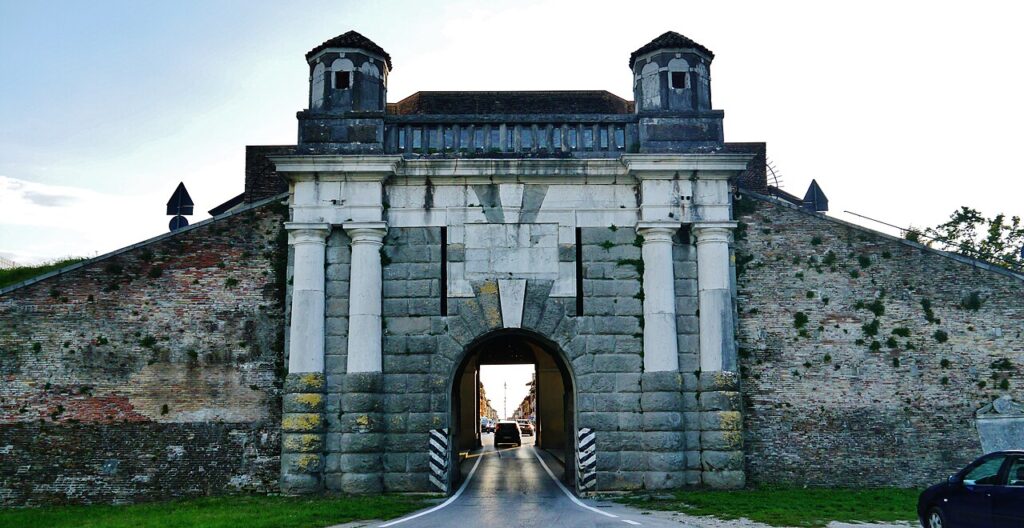
Palmanova is a Renaissance-era fortified town with a unique star-shaped layout, designed by the Venetians in the 16th century to defend against invaders. The town’s symmetrical design, with its radial streets leading to a central square, is a masterpiece of military architecture. Despite its historical and architectural significance, Palmanova is rarely on the typical tourist route, offering visitors a chance to explore its bastions, ramparts, and picturesque streets in peace.
Grotte di Castellana, Puglia
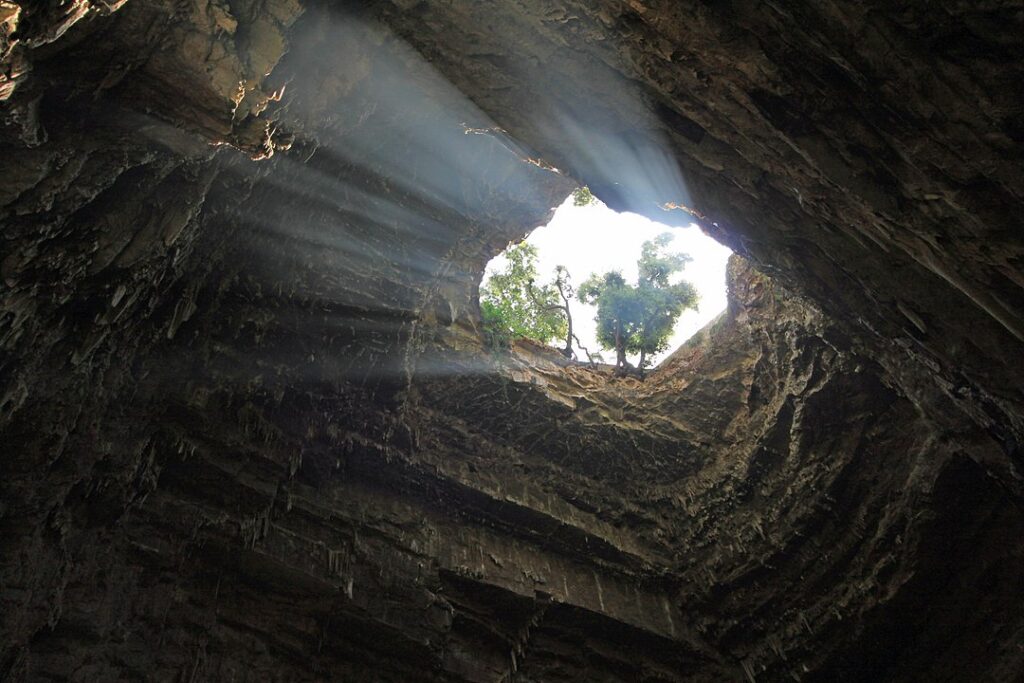
The Grotte di Castellana is one of Italy’s most impressive cave systems, located in the southern region of Puglia. These limestone caves stretch for over 3 kilometers, featuring stunning stalactites, stalagmites, and underground rivers. The caves’ highlight is the Grotta Bianca, or White Cave, known for its dazzling white alabaster walls. While the caves are popular among locals, they remain relatively undiscovered by international tourists, making them a hidden gem for nature and geology enthusiasts.
Castello di Venere, Sicily
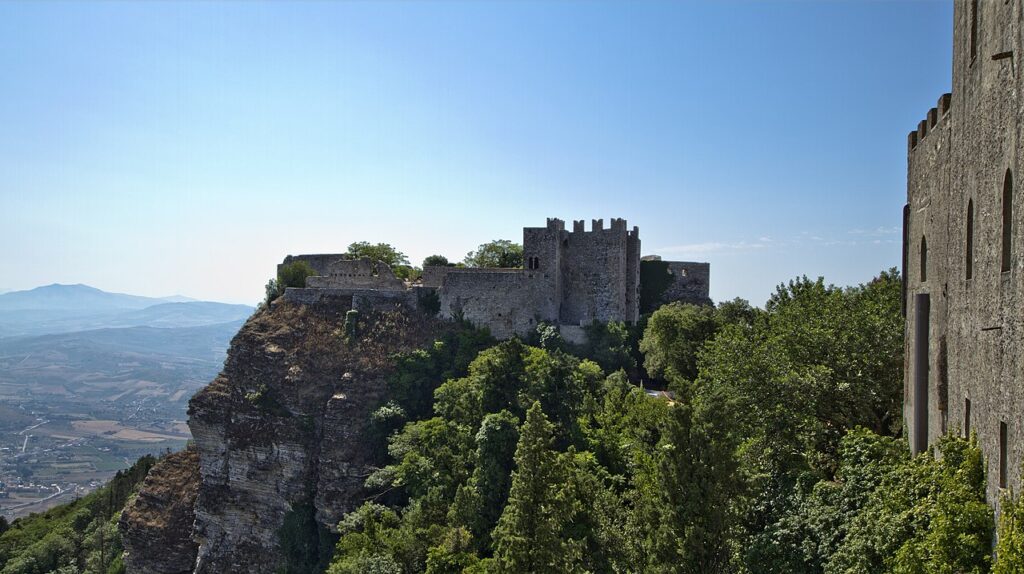
Perched on the summit of Mount Erice, Castello di Venere is a medieval castle built on the ruins of an ancient temple dedicated to the goddess Venus. The castle offers breathtaking views of the Egadi Islands and the coast of Trapani. Erice itself is a beautifully preserved medieval town, with winding cobblestone streets and charming stone houses. Despite its beauty, Erice and its castle are often overshadowed by Sicily’s more famous attractions, making it a tranquil retreat for history lovers.
Abbey of Montecassino, Lazio
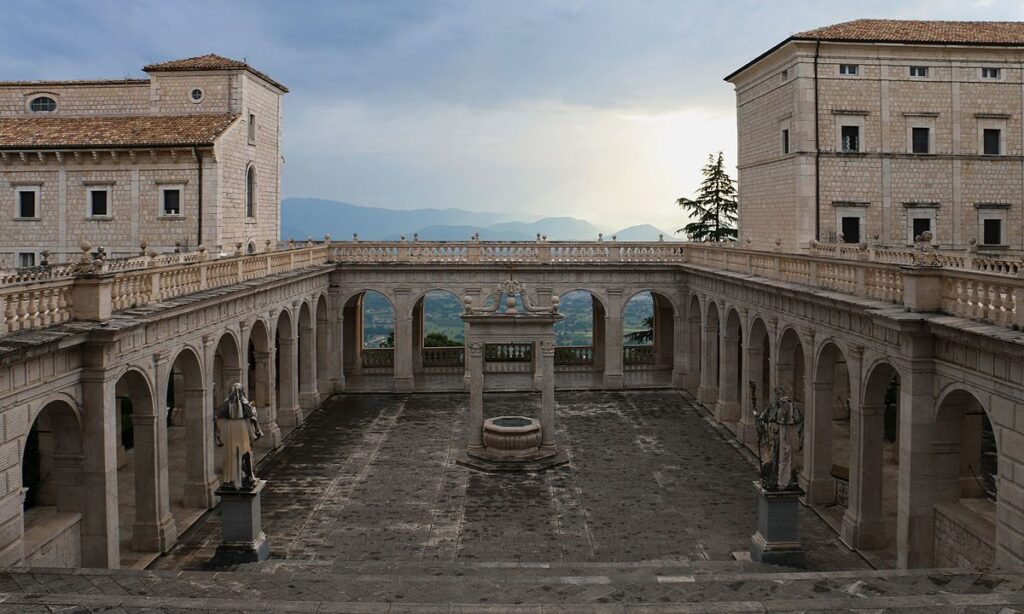
The Abbey of Montecassino, founded by Saint Benedict in 529 AD, is one of the oldest monasteries in the world. It played a crucial role in the spread of Christianity in Europe and was a center of learning and culture during the Middle Ages. The abbey was completely destroyed during World War II but was meticulously rebuilt to its former glory. Despite its historical significance, Montecassino remains less visited than many other Italian religious sites, offering a profound and peaceful experience.
Ninfa Gardens, Lazio
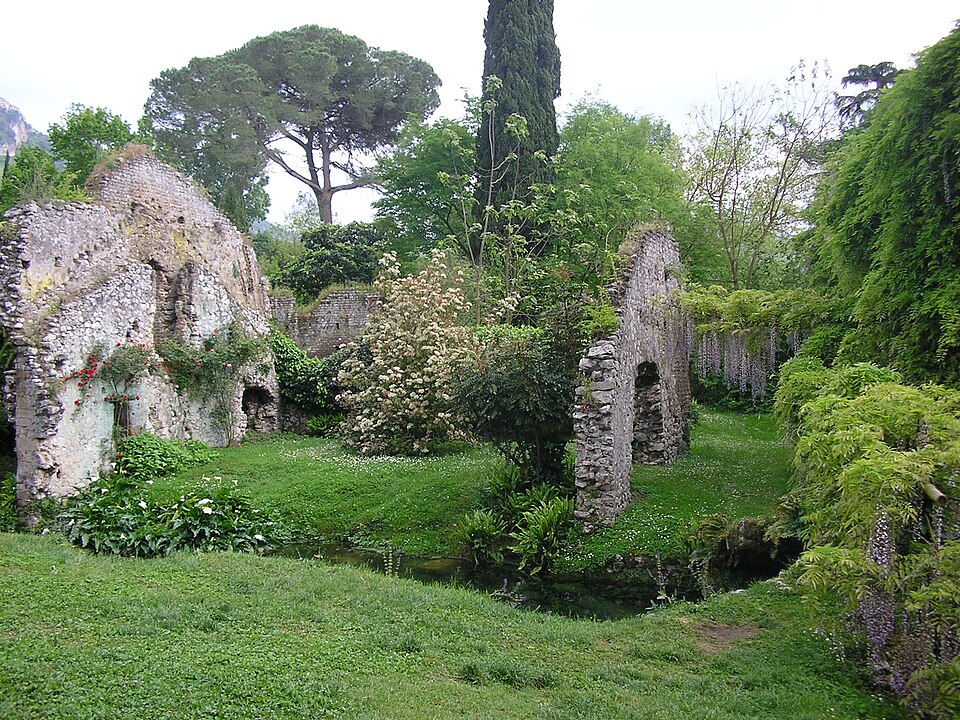
The Gardens of Ninfa, located near the town of Cisterna di Latina, are a beautifully preserved medieval garden set amidst the ruins of the ancient town of Ninfa. This idyllic garden, with its lush greenery, flowing streams, and colorful flowers, has been described as one of the most romantic gardens in the world. The ruins of churches, towers, and bridges add to the garden’s charm. Despite its beauty, Ninfa remains relatively undiscovered, providing a peaceful escape into nature and history.
Città di Sutri, Lazio
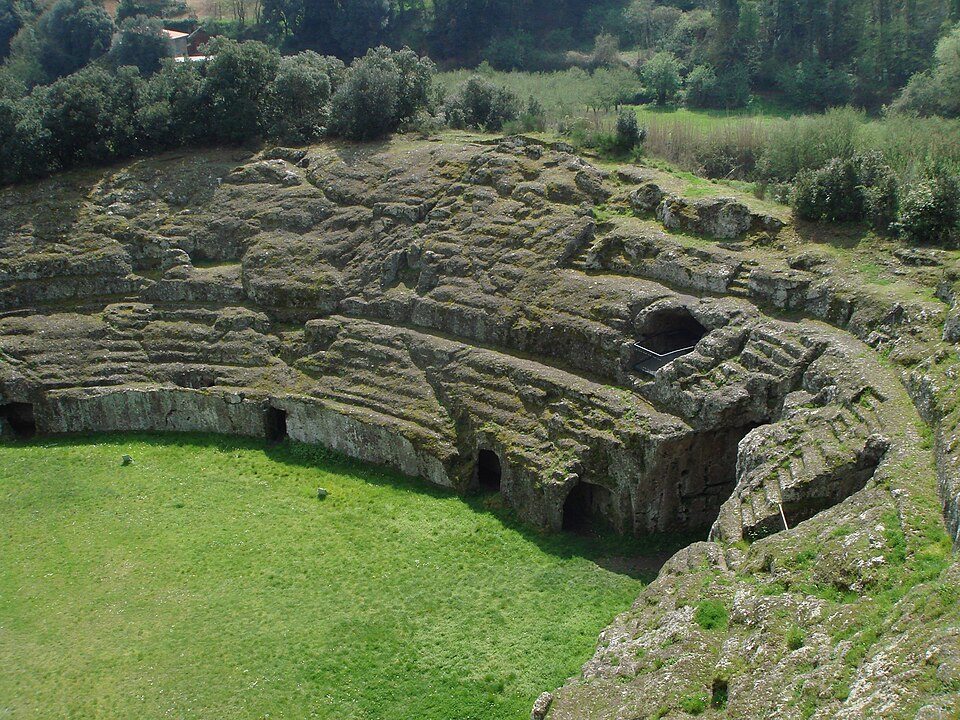
Sutri is a small town in Lazio, known for its remarkable Etruscan and Roman ruins. The town’s most famous feature is its ancient amphitheater, carved entirely out of tuff rock, and its Etruscan necropolis with tombs dating back to the 6th century BC. Sutri also boasts a medieval cathedral with an impressive mosaic floor. Despite its proximity to Rome, Sutri remains off the main tourist trail, offering a more intimate exploration of Italy’s ancient past.
Portovenere, Liguria
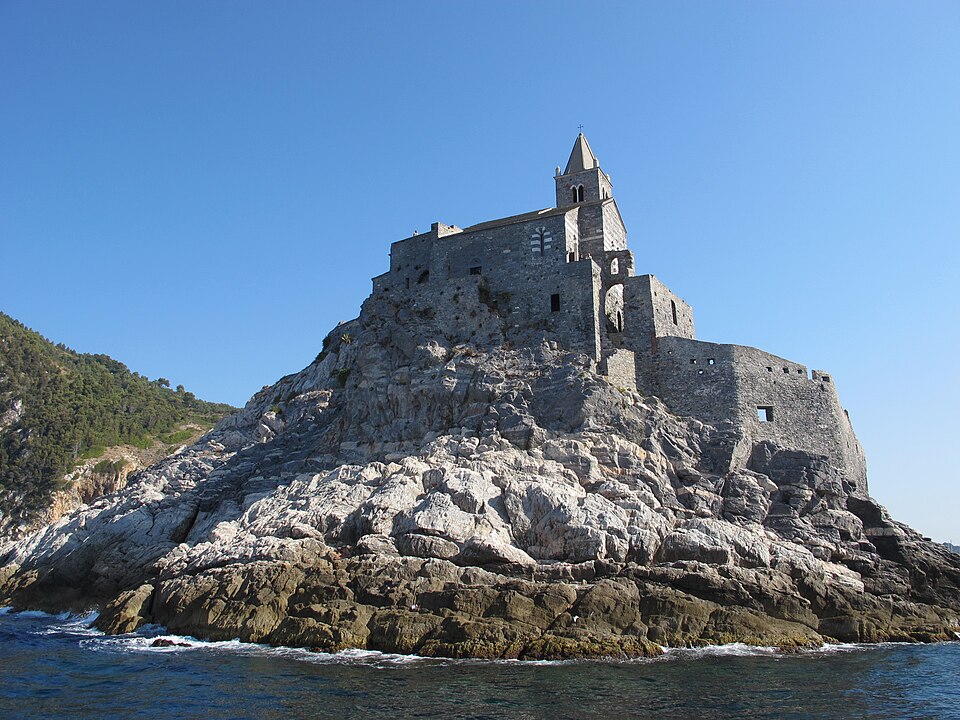
Portovenere is a picturesque coastal town located on the Ligurian coast, often overshadowed by the nearby Cinque Terre. This UNESCO World Heritage site is known for its colorful houses, historic churches, and the ancient Doria Castle. The town’s highlight is the Church of St. Peter, perched on a rocky promontory with stunning views of the Mediterranean Sea. Despite its beauty and historical significance, Portovenere sees fewer visitors than the more famous coastal towns, making it a perfect destination for a quiet seaside escape.
Villa d’Este, Tivoli
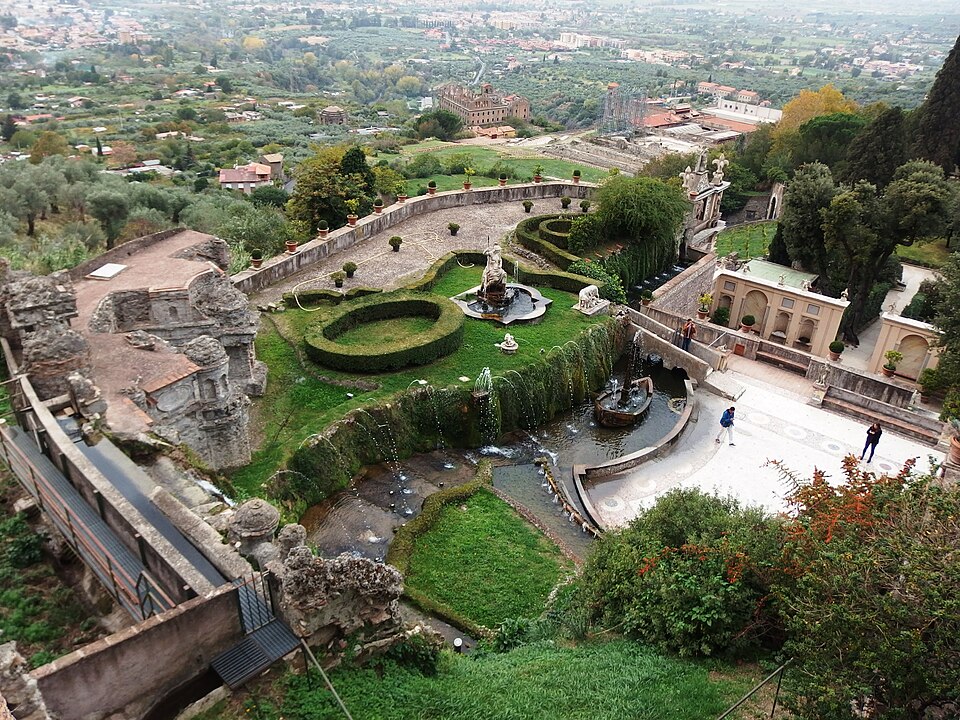
Located in Tivoli, just outside Rome, the Villa d’Este is a stunning example of Renaissance architecture and garden design. The villa is famous for its elaborate terraced gardens, filled with fountains, waterfalls, and sculptures, all set against a backdrop of lush greenery. The Villa d’Este’s gardens are considered some of the most beautiful in Europe, yet the site remains less crowded than many of Italy’s other Renaissance masterpieces, offering a peaceful and visually stunning experience.
Giardino di Ninfa, Lazio
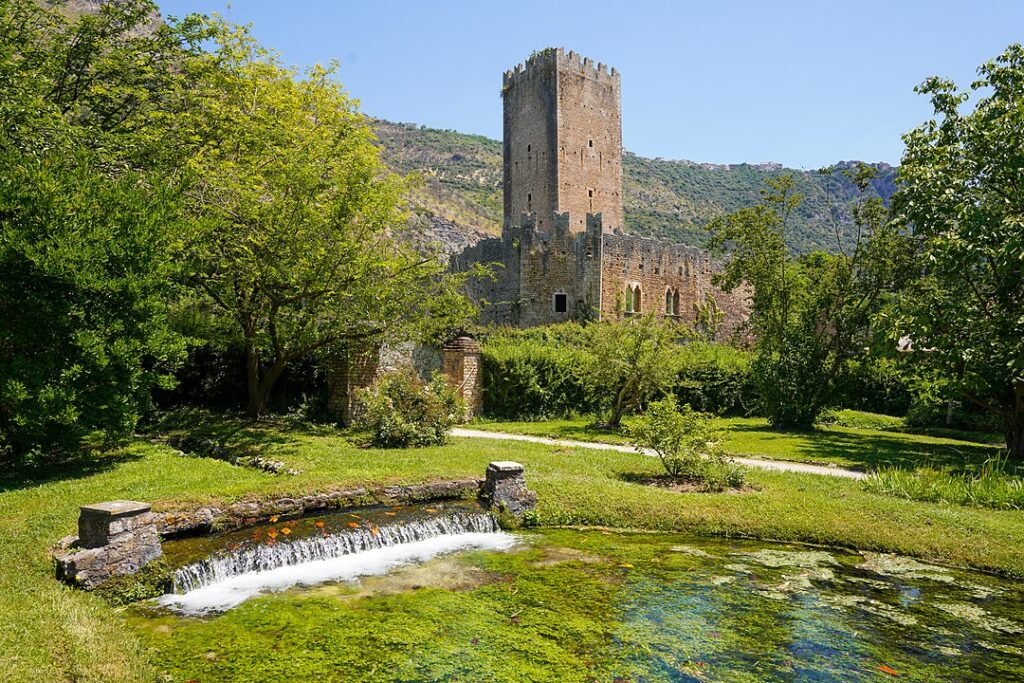
The Giardino di Ninfa is a magical garden located in the ruins of the medieval town of Ninfa. This garden is considered one of the most romantic in the world, with its lush vegetation, flowing streams, and crumbling ruins creating an enchanting atmosphere. The garden is home to over 1,000 species of plants, making it a paradise for botany enthusiasts. Despite its beauty, the Giardino di Ninfa is relatively unknown to many tourists, offering a serene and otherworldly escape.
Herculaneum, Campania
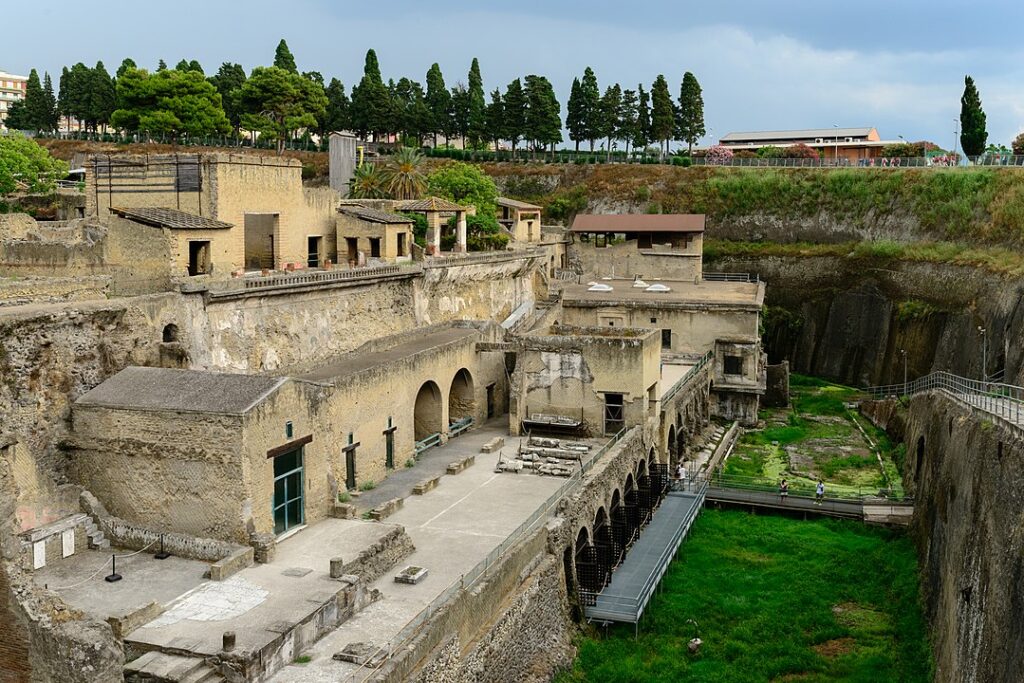
Herculaneum, like its more famous neighbor Pompeii, was destroyed by the eruption of Mount Vesuvius in 79 AD. However, Herculaneum is smaller and better preserved, with much of its ancient architecture, mosaics, and frescoes still intact. The site provides a fascinating glimpse into the daily life of a Roman town, with less of the crowds that often overwhelm Pompeii. Visiting Herculaneum offers a quieter and more detailed exploration of this ancient disaster.
Parco dei Mostri, Lazio
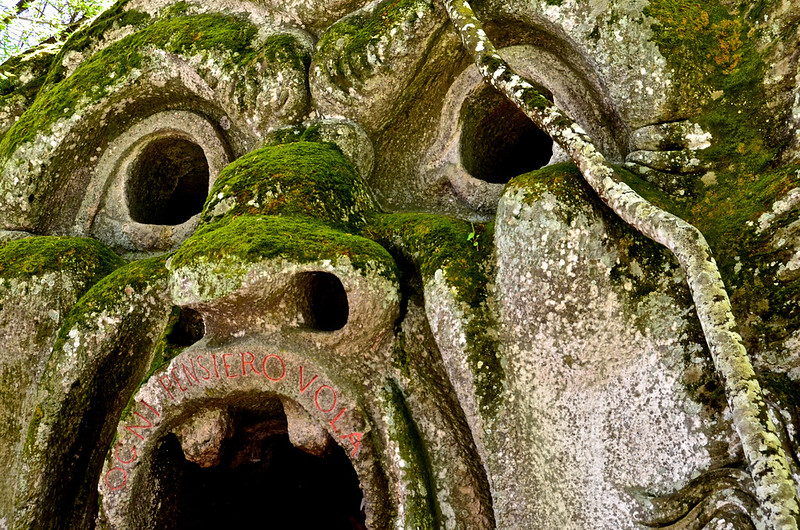
The Parco dei Mostri, or Park of the Monsters, is a unique Renaissance garden located in Bomarzo, Lazio. Created in the 16th century by Prince Pier Francesco Orsini, the park is filled with larger-than-life sculptures of mythological creatures, giants, and monsters, making it a surreal and intriguing place to visit. The park’s whimsical and mysterious atmosphere, combined with its relative obscurity, makes it a hidden gem for those looking to explore something truly unusual in Italy.
Sant’Antimo Abbey, Tuscany
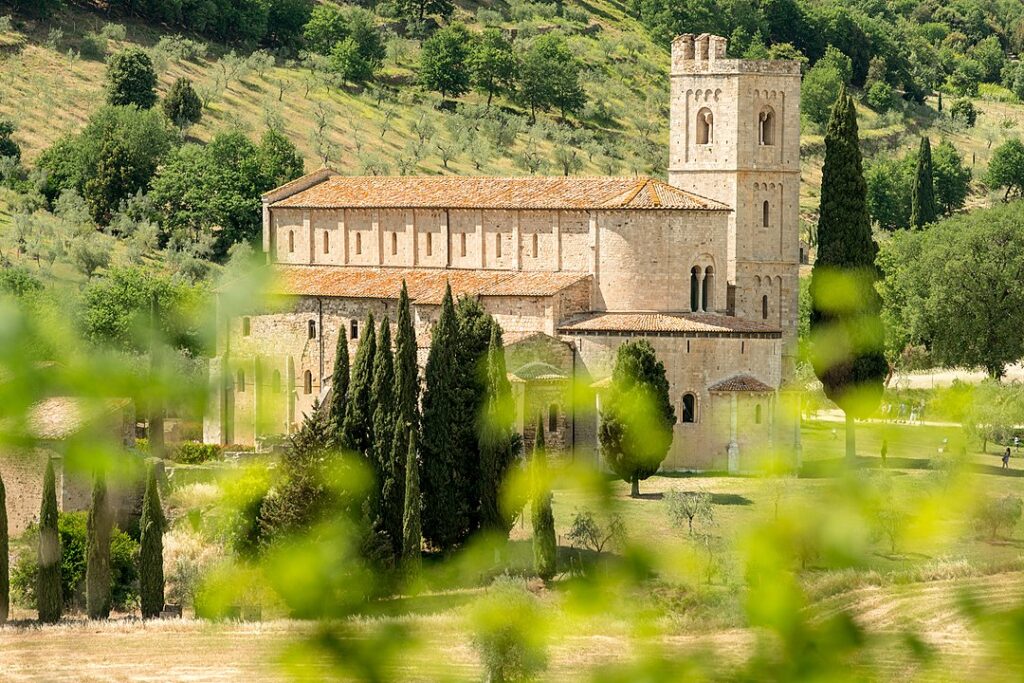
The Abbey of Sant’Antimo is a beautiful Romanesque church located in the Val d’Orcia region of Tuscany. Surrounded by olive groves and rolling hills, the abbey offers a peaceful retreat into history and spirituality. Founded in the 8th century, the abbey is known for its Gregorian chants, performed daily by the resident monks. Despite its serene beauty and historical significance, Sant’Antimo remains a lesser-known site, offering a tranquil and contemplative experience away from the typical tourist trail.
This article originally appeared on UnifyCosmos.
More from UnifyCosmos
15 Must-Have Sandals for Effortless Summer Style

Scroll into our list of must-have sandals that promise to keep you effortlessly chic and comfortable this summer. Read more!
22 Scenic Drives for Exploring America’s Beauty
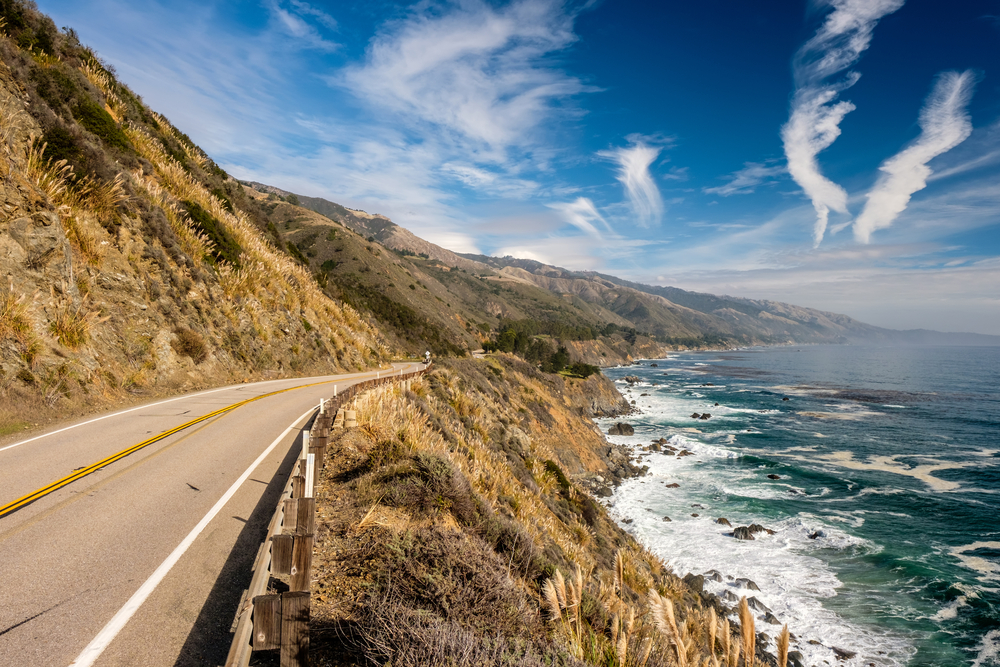
Embark on an unforgettable adventure with our guide to the most scenic routes for road tripping across the U.S. From coast to coast, America’s highways and byways offer breathtaking views, charming small towns, and endless opportunities for exploration. Read more!
15 Effortless Beach-to-Street Outfits

The right pieces can save you time and hassle, letting you enjoy your summer activities without worrying about changing clothes. Explore these stylish and versatile outfits that keep you looking chic from sand to sidewalk. Read more!
Leave a Reply